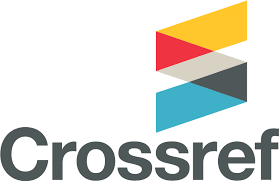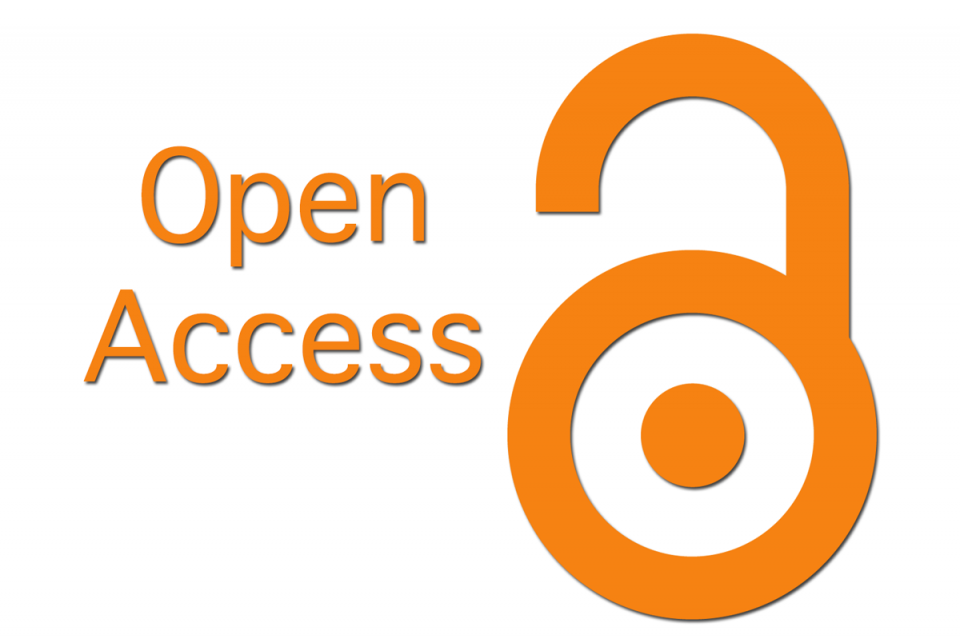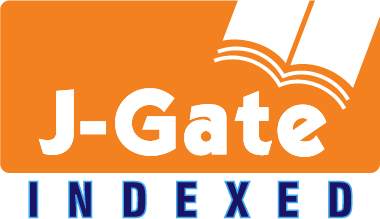Speech Tactics of Conflict Communication in the Genre of "Drawing up a Report on Violation"
Abstract
The article presents an analysis of the speech behavior of traffic police officers and violators of traffic rules in the situation of drawing up a report on an offense. A potentially conflict-generating communicative situation and the possibility of switching from an official register of communication to an unofficial one determines different tactics of conducting a conversation by both parties. The paper presents the results of the classification of a significant database. This allows us to state that the described types of speech behavior of violators and police officers are the most typical.
Downloads
Metrics
References
Богин Г.И. Концепция языковой личности: автореф. дис. док. филол. наук: 10.02.19 – Л., 1982.
Караулов Ю.Н. Русский язык и языковая личность – М.: Наука, 1987.
Седов К.Ф. Языковая личность в аспекте психолингвистической конфликтологии / Материалы международной конференции «Диалог 2002». – М., 2002. – С. 76-90.
Иссерс О. С. Коммуникативные стратегии и тактики русской речи. — М., 2017.
Третьякова В.С. Речевая коммуникация: гармония и конфликт. Екатеринбург, 2009.
References
Bogin, G.I. (1982) The concept of linguistic personality: author. dis. doc. philol. Sciences: 10.02.19 L., 1982 .-- 31 p.
Karaulov, Yu.N. (1987) Russian language and language personality. Moscow (In Russian).
Sedov, K.F. (2002) Linguistic personality in the aspect of psycholinguistic conflictology. Moscow (In Russian).
Issers, O.S. (2017) Communicative strategies and tactics of Russian speech. (In Russian).
Tretyakova, V.S.(2009) Verbal communication: harmony and conflict. (In Russian).
Copyright (c) 2021 Дарья Лаюрова

This work is licensed under a Creative Commons Attribution 4.0 International License.
The authors, which are published in this journal, agree to the following conditions:
1. Authors retain the copyright to the work and transfer to the journal the right of the first publication along with the work, at the same time licensing it under the terms of the Creative Commons Attribution License, which allows others to distribute this work with the obligatory indication of the authorship of this work and a link to the original publication in this journal .
2. The authors retain the right to enter into separate, additional contractual agreements for the non-exclusive distribution of the version of the work published by this journal (for example, to place it in the university depository or to publish it in a book), with reference to the original publication in this journal.
3. Authors are allowed to post their work on the Internet (for example, in a university repository or on their personal website) before and during the review process of this journal, as this may lead to a productive discussion, as well as more links to this published work (See The Effect of Open Access).











